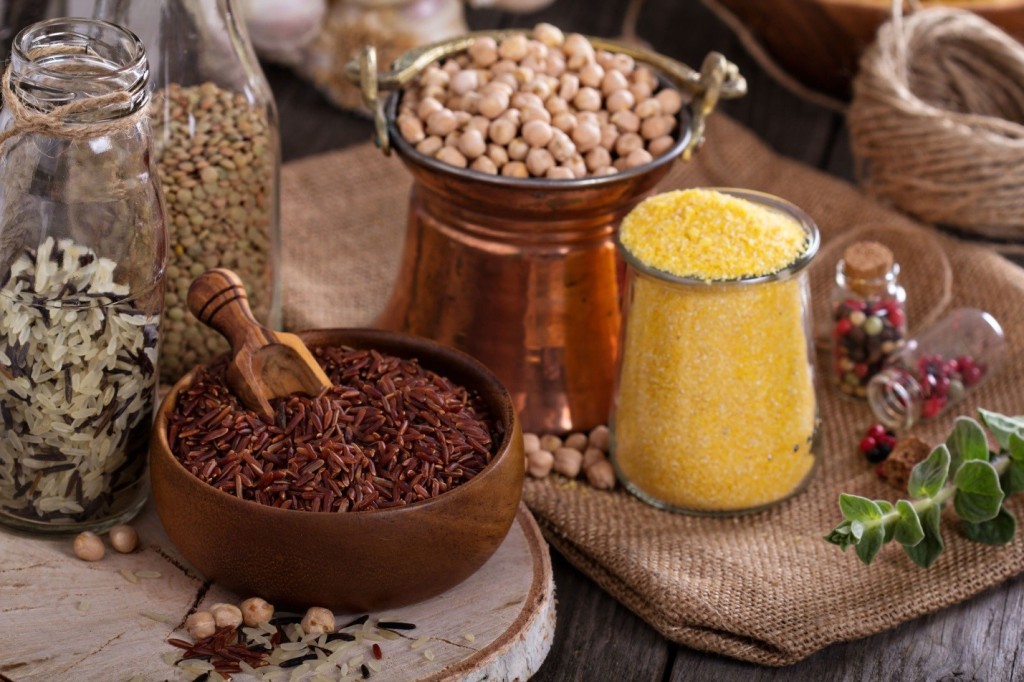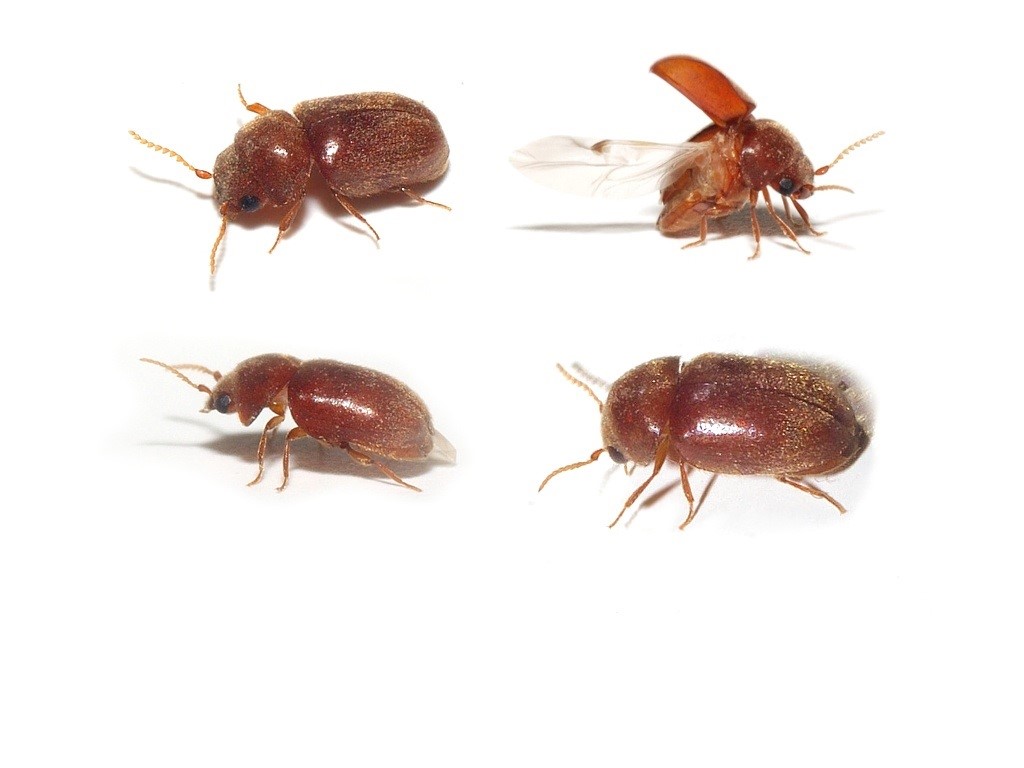How to Keep Your Stock Pantry Pest-Free This Autumn

Stumbling upon bugs in your morning cereal may give you the heebie-jeebies – and ruin your appetite completely for the day – but you might have to get used to sharing your food with fruit flies, meal moths, cockroaches, ants, and other pantry pests in search of bed & breakfast for the upcoming cold season.
Once the summer is over, and the majority of their food sources are gone, bugs start seeking out alternative sources of food and water to survive the winter. That’s why your stock pantry, with the seemingly infinite supply of flours, cereals, macaroni, crackers, cured meats, dried fruit, nuts, becomes the no. 1 attraction in your home. Certain pantry pests need only small quantities of food and water to survive – so the initial damage may be overlooked – but before you know it, they can become so numerous that large populations may find their way into every room of your house and start climbing walls, crawling on the floor, or getting inside furniture.
Because knowing your enemy is half the battle, let’s look at the most common types of pantry pests you’ll probably stumble upon this season.
Most Common Pantry Invaders
Moths
The most common type of food-infesting moths is the Indian meal moth (which is larger and with less body hair than the clothes moth), a pest that raids homes, grocery stores, food-processing units, and any other places where foods are being produced and stored. The largest damage is done by the larvae, which attacks a wide variety of stored products, including cereal, flours, rice, dried fruit and vegetables, nuts, seeds, and spices, and produces frass (excrements) and webbing. Sometimes, home infestations get started through birdseed or dried pet food stored in the pantry. In case of heavy infestations, it may happen to stumble upon mature larvae in other places, as well, as they seek isolated places to pupate.
Signs of infestation: Silk webbing near food surfaces, larvae hanging from the ceiling, adult moths flying around the pantry.

Beetles
There are several types of beetles that scavenge and feed on stored food products, including the warehouse beetle, the sawtoothed grain beetle, cigarette and drugstore beetles, the confused flour beetle, and the spider beetle. Although some species are specialized and will only feed on certain types of foods, beetles are typically very general feeders, consuming a wide variety of cereal, pet foods, spices, baking mixes, seeds, nuts, and more. They lay eggs in nearly any dry organic matter near their food source.
In homes, pantry beetles cause considerable damage: some larvae secrete substances that give food a nasty odor and taste, while adults can introduce microbes into the food (especially in items stored in warm, humid conditions) that can produce highly carcinogenic compounds once ingested. Ingestion of larvae hair from warehouse beetles may result in the irritation of the mouth, tract, and stomach, and may require medical attention.
Signs of infestation: Sighting of eggs, larvae, or adults near food sources, spun webbings (clumps) inside food, holes in packaging.
Grain mites
Almost invisible (they measure less than 1 mm) and abundant, grain mites are capable of completely dominating your stock pantry, infesting any food and feed products from cereal and dried vegetables to cheese and pet food. They require high moisture to reproduce, and they are often found along with fungal growth. They attack the germ first, but feed on other parts of the kernel, as well, and spread fungal spores throughout the grain mass, which is often altered by the odor resulted from their sweating.
Signs of infestation: “Mite dust,” minty odor when crushed.
Prevention, the Best Defense Against Pantry Pests

Here are some tips to guard against pantry pests and manage to evict them before they get the chance to invade and settle in:
- Place bulk items such as grains, seeds, nuts, and spices in air-tight fitting jars and containers with secure lids (Zip Loc bags are not adequate)
- Regularly clean pantry shelves to remove even small amounts of foods (sufficient for some pantry pests to feed and breed)
- Inspect the packaging of all your groceries right after buying them from the supermarket (most pantry pests are brought into the home through already infested items)
- Minimize the risk of invasions by caulking around window and door frames and covering any gaps or holes under exterior doors, in walls, and in other places where insects might hide to lay their eggs
- Don’t purchase large quantities of foods that will be kept in storage for long periods (be especially careful with pet food, a favorite of most pantry invaders)
- Maintain adequate ventilation inside your pantry to minimize mold growth and keep moisture levels down
- Wash old containers before storing new food and don’t mix old and new lots of food products
- Place bay leaves inside containers (the strong scent will keep pests away) and silica gel packs on the shelves to absorb moisture
If the infestation is severe, consider calling your local pest control company to inspect and remove the source of infestation. Be prepared to discard infested foodstuffs and clean the pantry area thoroughly before restocking.
About the Author
Daniel Mackie, co-owner of Greenleaf Pest Control, is a Toronto pest control expert well-known as an industry go-to guy, an innovator of safe, effective pest control solutions, and is a regular guest on HGTV. Mackie, along with business partner Sandy Costa, were the first pest control professionals in Canada to use detection dogs and thermal remediation for the successful eradication of bed bugs. In his free time, he is an avid gardener.



You must be logged in to post a comment.